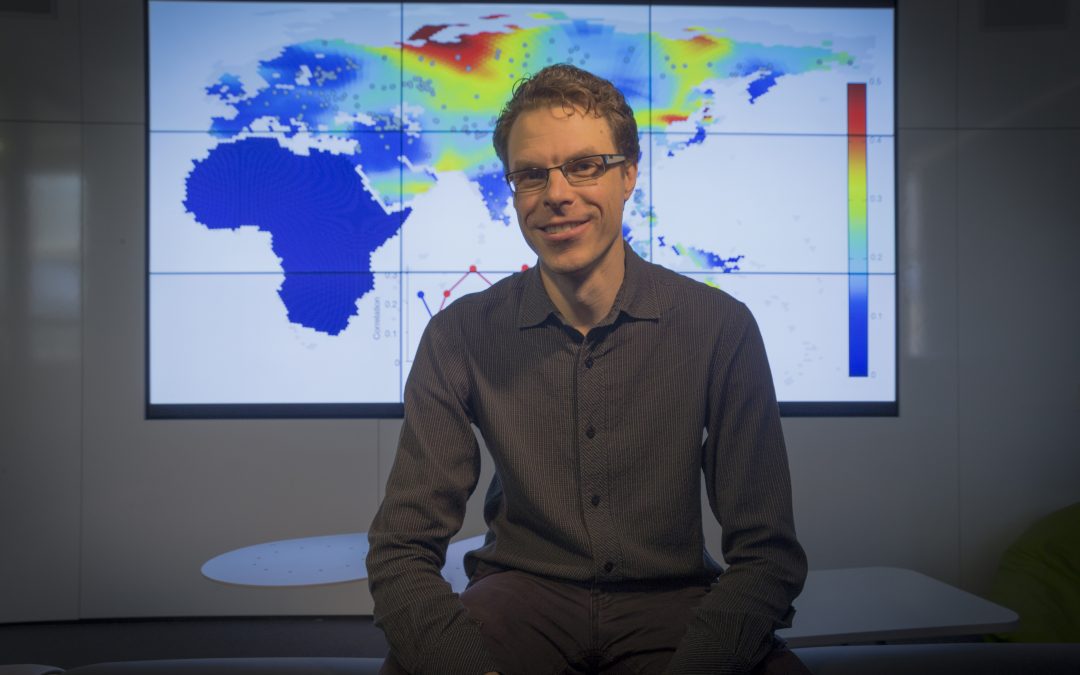Professor Murray Cox, a computational biologist in the Institute of Fundamental Sciences at Massey University in Palmerston North and a Principal Investigator at Te Pūnaha Matatini, was recently awarded the prestigious Te Rangi Hīroa Medal by the Royal Society Te Apārangi, in recognition of his anthropological work involving the use of genetic data to reconstruct processes of transformation and change in past societies.
Combining genetics and statistical modelling to reveal insights into past societies
Professor Cox’s skills in genetics and statistical modelling have allowed him to ascertain various features of how past societies operated and the social rules they followed, such as those pertaining to marriage (who can marry who).
Using genome-scale data and a novel simulation framework, Professor Cox examined an archetypal example of a key marriage system within a small community on the east Indonesian island of Sumba. His research found that the community had relaxed compliance with the rules, suggesting that marriages were sufficiently flexible to promote social connectivity without negative biological consequences.
Professor Cox has also used statistical modelling to determine how farming expansions across Southeast Asia influenced changes in demographics and social behaviours. Using 2,300 genomic records, individuals with Asian ancestry were found to migrate further and have higher birth rates than individuals with Papuan ancestry.
Early migration from Asia to the Pacific
Another area of Professor Cox’s research is tracing the genetic heritage of the first people in the Pacific. Analysis of ancient DNA from three individuals who were among the earliest to settle in Vanuatu (up to 3,100 years ago) and one of the earliest to settle in Tonga (up to 2,700 years ago), confirmed they were from Asian farming groups rather than of suspected Papuan ancestry.
Pacific people today, including New Zealand Māori, carry Papuan versions of genes. Professor Cox’s research methods have made it possible to investigate how this mixing occurred. They show it was a later mixing, largely driven by Papuan men who came to Oceania and married resident Asian women.
“Genetics has been really powerful at telling us when people moved into the Pacific and what paths they took to get there. But how they acted along the way has largely been a black box,” said Professor Cox.
“It’s only in the last few years that we’ve realised that some of these social behaviours are recorded in the genetics too. It’s telling a whole new story to interweave with those from archaeology, linguistics and oral history.”
Te Rangi Hiroa medal winner Prof Murray Cox – congratulations and thank you for being at Massey! @royalsocietynz @MasseyUni pic.twitter.com/OHGml373x6
— Tracy Riley (@tllriley) October 10, 2017

